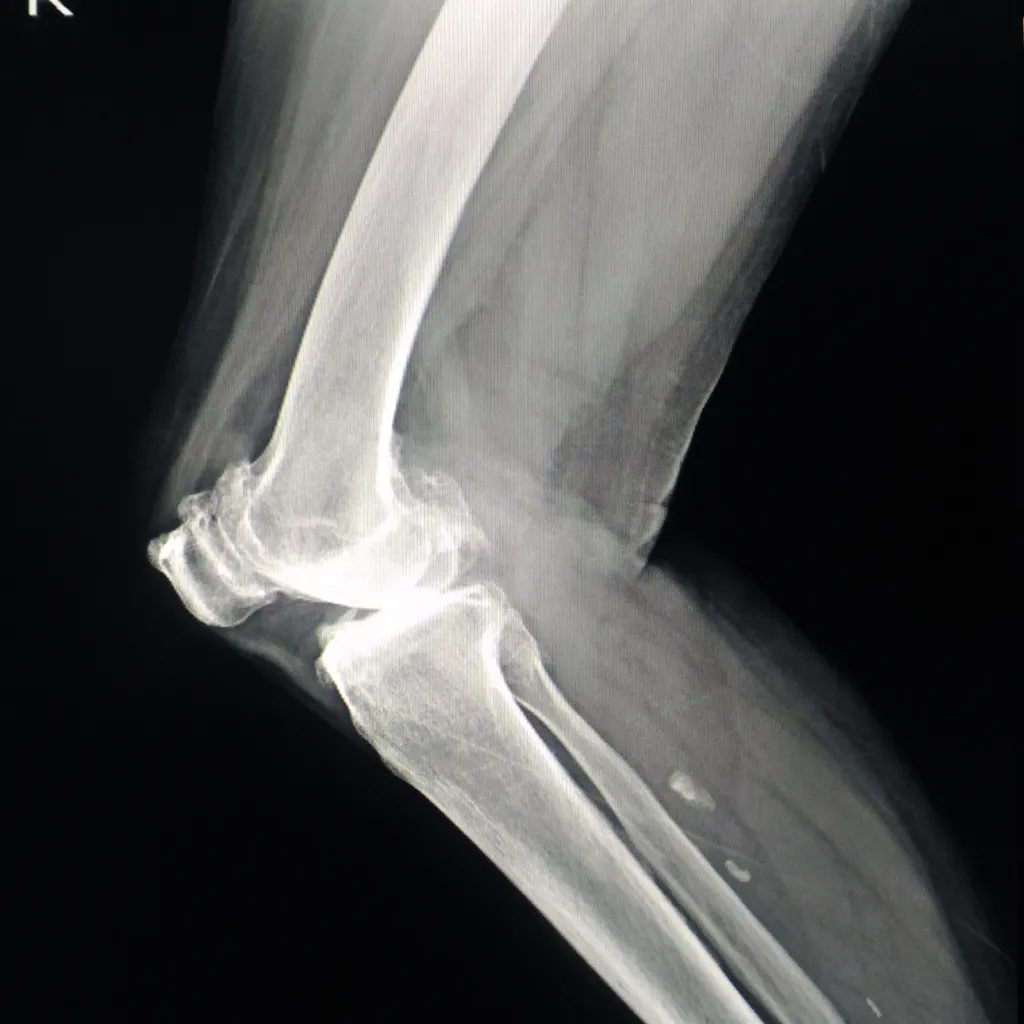Joint pain is discomfort, soreness, or aching in one or more of the body’s joints, which are the connections between bones that facilitate movement and provide structural support. Joint pain can range from mild and temporary to severe and chronic, affecting a person's mobility and quality of life.
Arthritis and other musculoskeletal (MSK) conditions affect over 17 million people across the UK,1 with pain as one of the leading symptoms. Yet, joint pain does not only affect individuals diagnosed with joint health conditions. In fact, perimenopause, menopause, age-related changes and historic injuries are all factors that can contribute to prolonged joint pain and discomfort. As a result, 3 in 10 adults experience persistent pain, defined as lasting longer than 3 months. 2
Research shows that MSK conditions are highly prevalent and impact females more frequently and severely than males.3 Notably, MSK conditions arise in postmenopausal females at rates higher than age-matched males,4 highlighting how hormone differences between sexes can impact the development of conditions that lead to chronic joint pain.

1 UK Health Security Agency. Why are musculoskeletal conditions the biggest contributor to morbidity? 2019. Available at: https://ukhsa.blog.gov.uk/2019/03/11/why-are-musculoskeletal-conditions-the-biggest-contributor-to-morbidity/ (Accessed: December 2023).
2 NHS TIMS. Chronic or persistent musculoskeletal pain. No date. Available at: https://www.tims.nhs.uk/self-care/chronic-or-persistent-musculoskeletal-pain/ (Accessed: December 2023).
3 Overstreet DS, et.al¡ A Brief Overview: Sex Differences in Prevalent Chronic Musculoskeletal Conditions. Int.J.Environ.Res.Public.Health. 2023;20(5):4521. doi: 10.3390/ijerph20054521.
4 Hart DA. Sex differences in musculoskeletal injury and disease risks across the lifespan: Are there unique subsets of females at higher risk than males for these conditions at distinct stages of the life cycle? Physiol. 2023;14:1127689. doi: 10.3389/fphys.2023.1127689
This site is intended for UK healthcare professionals only.